
Mercedes-Benz S-Class Saloon (2013-2020) engines, drive and performance
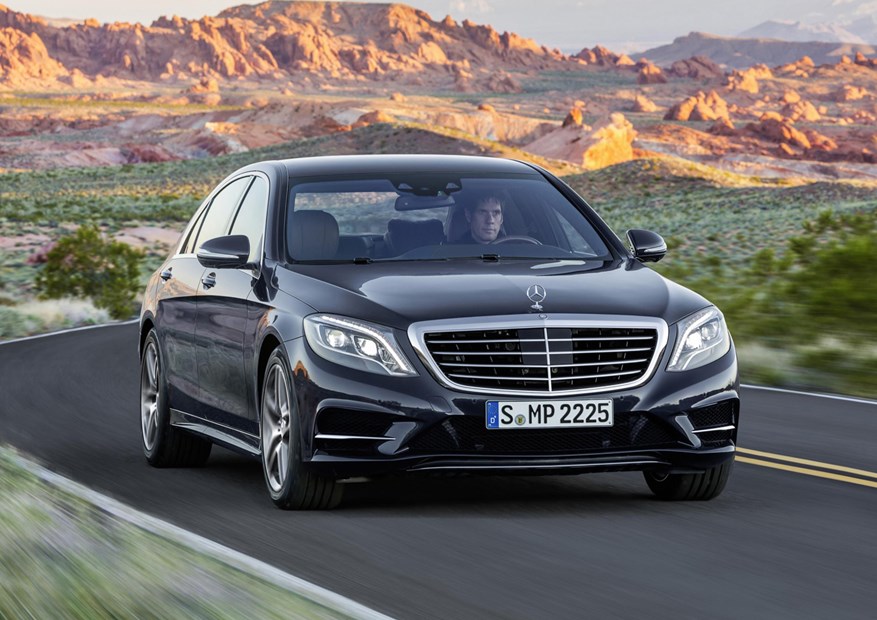
- Diesel S 350 d accounts for bulk of sales
- All S-Classes are rapid, even non-AMGs
- Plug-in hybrid available, best for city use

There was a time when the S-Class engine selection was slightly limited, but it’s expanded over time, and now there’s a wide range to choose from.
Strong diesel line-up
Nine out of 10 S-Class buyers in Britain are expected to go for the S 350 d, the ‘entry-level’ diesel in the line-up. Not to worry, because the six-cylinder 2.9-litre unit produces 286hp at 3,400rpm and a rich 600Nm seam of torque from just 1,200rpm.
Mated to a brand new nine-speed automatic transmission, the S 350 d is relaxed and flexible, seemingly able to surge forwards with every depression of the throttle regardless of the current road speed. Like every S-Class, the top speed is electronically governed to 155mph, while the 0-62mph time takes just 6.0 seconds for the shorter wheelbase model and 6.8 seconds for the longer one.
If you want a bit more shove, there’s an S 400 d which ups the power to 340hp and torque up to 700Nm, which helps bring the 0-62mph dash down to just 5.4 seconds.
Smooth and silky petrol range
Considering the S-Class is such a big car, it might be surprising to see such a selection of petrol engines available. Kicking things off is the S 450 L, a 3.0-litre six-cylinder unit producing 367hp and 500Nm of torque. 0-62mph takes 5.1 seconds, and top speed is a governed 155mph.
Next up is the S 500. Forget the numbering system here as there’s no 5.0-litre V8 under the bonnet like Mercs of old – these days you’ll receive a turbocharged six-cylinder 3.0-litre instead.
It’s particularly advanced, with an integrated starter-generator, rather than a more conventional alternator. Recovered electrical energy is stored in a lithium-ion battery pack, allowing the 48-volt electrical system to be used efficiently, running the air-con while the engine’s turned off, and boosting the turbocharger to reduce lag.
There’s 435hp on tap from 5,900rpm, with peak torque of 520Nm at 1,800rpm. Power is sent to the rear wheels via the same nine-speed automatic transmission, resulting in a 0-62mph time of 4.8 seconds.
Finally, the S 560 e L plug-in hybrid uses a 367hp 3.0-litre V6 petrol in combination with an electric motor with the equivalent of 122hp. All-electric range is around 26-27 miles, and the 0-62mph time is a rapid 5.0 seconds.
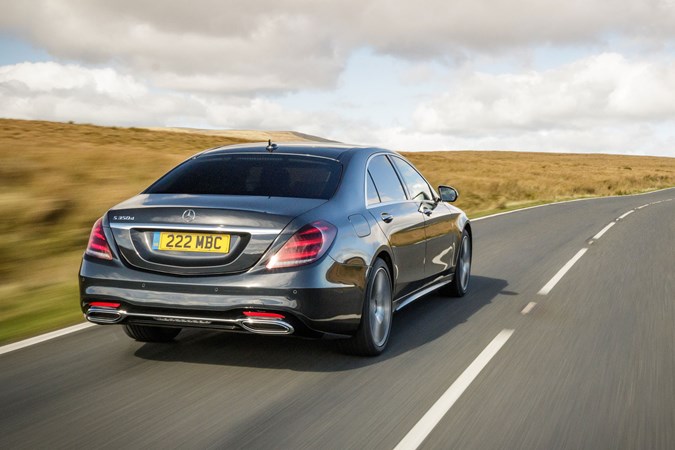
Performance-focused Mercedes-AMG S-Class
Swing open the Mercedes-AMG S 63’s bonnet to catch sight of the new V8 4.0-litre turbocharged engine, replacing the previous 5.5-litre motor. It sounds enticing as it’s revved harder, producing a rorty 612hp at 5,500rpm and a mighty 900Nm of torque from 2,750rpm. There’s an uprated version of the nine-speed automatic, fettled by AMG, resulting in a 0-62mph time of 4.3 seconds.
Offering the same performance benchmark but with an altogether different feel to the driving experience is the Mercedes-AMG S 65.
Lurking in its engine bay is a turbocharged V12 engine with a 6.0-litre capacity – proper limousine size, yet in a large sports saloon. It’ll produce 630hp from 4,800rpm, while peak torque is rated at a colossal 1,000Nm from just 2,300.
One gear ratio would probably suffice, but in the interests of ease-of-use and efficiency there’s a seven-speed automatic fitted.
Flagship Mercedes-Maybach performance
Powering the Maybach S 650 is the same V12 that AMG S 65 buyers enjoy, producing the same 630hp and 1,000Nm of power and torque, respectively.
Ever so slightly blunting performance is the Maybach’s extra 110kg of heft and 160mm of length, meaning the otherwise mechanically identical limousine requires an extra four-tenths of a second to reach 62mph from a standstill at 4.7 seconds.
How does it handle?
- Air suspension allows the S-Class to be comfy
- But also benefits its handling prowess, too
- AMGs prove limos can handle like sports saloons
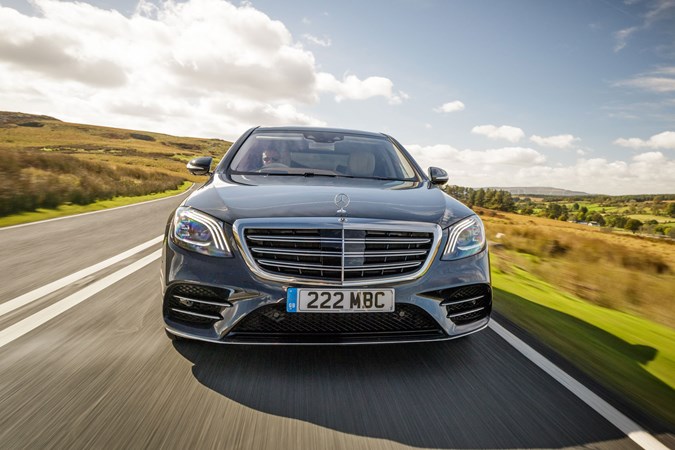
Mercedes-Benz is keen to point out that the electric steering system in this generation of S-Class Saloon actually provides a tangible benefit to customers, allowing them to fine tune the helm for feel – if not feedback – and you’ll instantly notice it’s weightier than the previous car.
It’s still on the light side compared to smaller, sportier cars of course, but the well-judged level of assistance encourages you to take advantage of the car’s surprising agility more than ever before.
While the S-Class’s ride also feels fractionally firmer than before, the payoff is as expected: it’s much sharper to drive.
All versions come with Airmatic adaptive suspension as standard, and in Sport and Sport+ modes the S-Class remains impressively flat, even without the optional Curve system that leans the Mercedes into bends at speed.
READ: How does the Mercedes-Benz S-Class Saloon handle in the snow?
While its predecessor always felt like a large limousine lumbering around bends, this generation S-Class feels far more convincing at speed on challenging stretches of B-road.
By far the most impressive system is the Magic Body Control which optimises the car’s reactions to your inputs. Around quick and tight bends the S-Class will remain flat and composed almost regardless of your input with plenty of grip across each axle. It also monitors the conditions of the road surface ahead to adapt the compliance of the suspension accordingly.
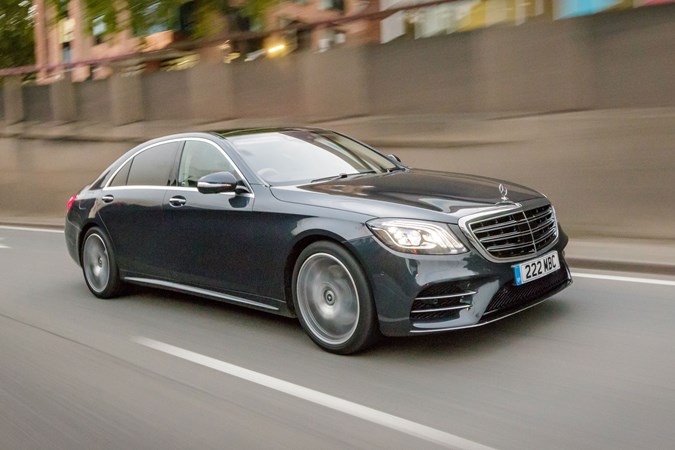
Should the conditions outside become more extreme the Crosswind Assist function battles against strong gusts lapping up the sides of the Mercedes, keeping it pointing in the correct direction with minimal effort from the driver.
Despite all of this, the S-Class remains imperiously comfortable as we cover later in the review.
Mercedes-AMG S-Class: the sports limousine
Considering the sheer size and weight of these S-Classes, it’s almost spooky just how well Mercedes-AMG has managed to get it to go around a corner.
It’s beautifully balanced and body-roll is kept completely in check. Magic Body Control ensures that with constantly adjusted suspension settings the S-Class can take undulations or bumps into account and ensure the car is ready for whatever the road throws at it.
The net effect of this is deeply impressive. No matter if you’re in softer Comfort or more taught Sport and Sport+ modes, the S63 handles extremely well, fooling you into thinking you’re driving something far smaller.
There’s a huge amount of safety systems installed to help keep you on the road and pointing in the right direction, but should you feel particularly brave you can turn all of these off. What you’re then left with is a seriously tail-happy machine which won’t fail to make you smile – if you like that sort of thing.
Again, it belies its bulk more than anything of this size has any right to. If the car does begin to slide, it’s progressive and easy to control. In this aspect it feels very sporty indeed – a true AMG machine, although with a level of finesse earlier, more brutal models lacked.


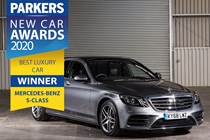
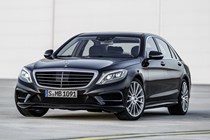
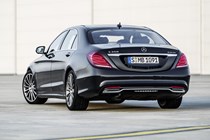
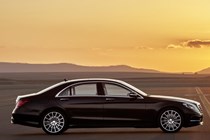
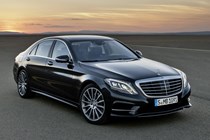
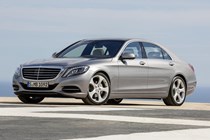

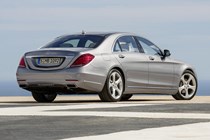
.jpg)
.jpg)
.jpg)
.jpg)
.jpg)
.jpg)
.jpg)

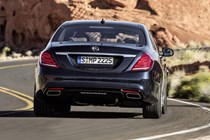
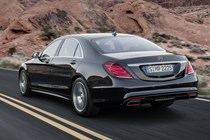
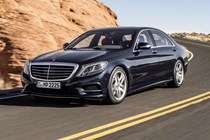

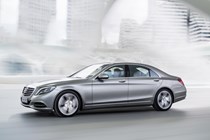

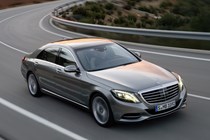
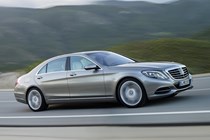
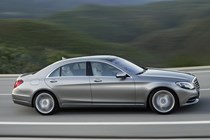

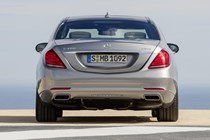

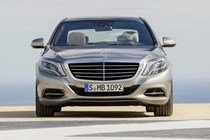
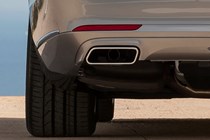
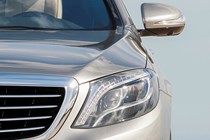
.jpg)
.jpg)
.jpg)
.jpg)
.jpg)
.jpg)
.jpg)
.jpg)
.jpg)
.jpg)
.jpg)
.jpg)
.jpg)
.jpg)
.jpg)
.jpg)
.jpg)
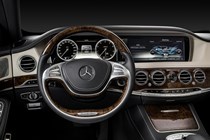

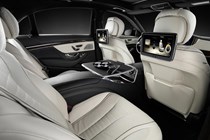

.jpg)
.jpg)
.jpg)
.jpg)
.jpg)
.jpg)
.jpg)
.jpg)
.jpg)
.jpg)
.jpg)
.jpg)
.jpg)
.jpg)
.jpg)
.jpg)
.jpg)
.jpg)
.jpg)
.jpg)
.jpg)
.jpg)
.jpg)
.jpg)
.jpg)
.jpg)
.jpg)
.jpg)
.jpg)
.jpg)
.jpg)
.jpg)
.jpg)
.jpg)
.jpg)
.jpg)
.jpg)
.jpg)
.jpg)
.jpg)
.jpg)
.jpg)
.jpg)
.jpg)
.jpg)
.jpg)
.jpg)
.jpg)
.jpg)
.jpg)








.jpg?quality=50)
.jpg?quality=50)
.jpg?quality=50)
.jpg?quality=50)
.jpg?quality=50)
.jpg?quality=50)
.jpg?quality=50)
















.jpg?quality=50)
.jpg?quality=50)
.jpg?quality=50)
.jpg?quality=50)
.jpg?quality=50)
.jpg?quality=50)
.jpg?quality=50)
.jpg?quality=50)
.jpg?quality=50)
.jpg?quality=50)
.jpg?quality=50)
.jpg?quality=50)
.jpg?quality=50)
.jpg?quality=50)
.jpg?quality=50)
.jpg?quality=50)
.jpg?quality=50)




.jpg?quality=50)
.jpg?quality=50)
.jpg?quality=50)
.jpg?quality=50)
.jpg?quality=50)
.jpg?quality=50)
.jpg?quality=50)
.jpg?quality=50)
.jpg?quality=50)
.jpg?quality=50)
.jpg?quality=50)
.jpg?quality=50)
.jpg?quality=50)
.jpg?quality=50)
.jpg?quality=50)
.jpg?quality=50)
.jpg?quality=50)
.jpg?quality=50)
.jpg?quality=50)
.jpg?quality=50)
.jpg?quality=50)
.jpg?quality=50)
.jpg?quality=50)
.jpg?quality=50)
.jpg?quality=50)
.jpg?quality=50)
.jpg?quality=50)
.jpg?quality=50)
.jpg?quality=50)
.jpg?quality=50)
.jpg?quality=50)
.jpg?quality=50)
.jpg?quality=50)
.jpg?quality=50)
.jpg?quality=50)
.jpg?quality=50)
.jpg?quality=50)
.jpg?quality=50)
.jpg?quality=50)
.jpg?quality=50)
.jpg?quality=50)
.jpg?quality=50)
.jpg?quality=50)
.jpg?quality=50)
.jpg?quality=50)
.jpg?quality=50)
.jpg?quality=50)
.jpg?quality=50)
.jpg?quality=50)
.jpg?quality=50)